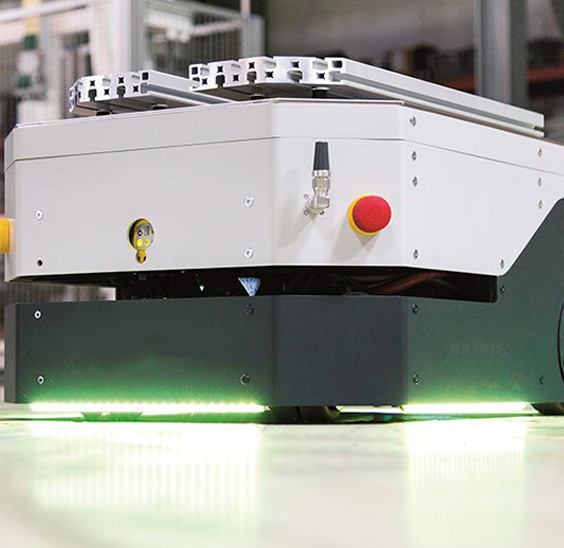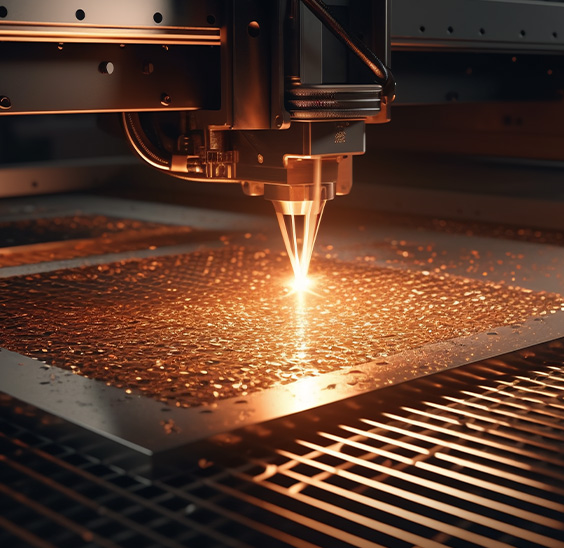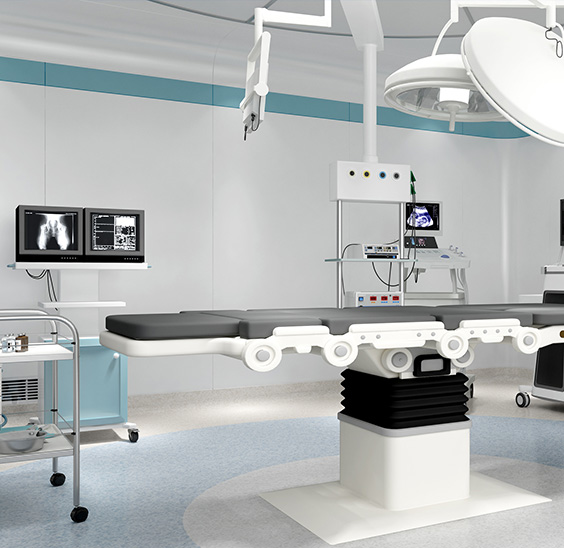How to prevent moisture buildup in air brake chambers?
In commercial vehicle safety systems, moisture control in air brake chambers is a key technical challenge to ensure driving safety. Moisture accumulation can lead to serious consequences such as diaphragm corrosion, spring failure and even winter icing. According to the US Department of Transportation, about 12% of air brake system failures are directly related to moisture erosion.
1. Air Drying System Optimization Solution
Dual-stage Dryer Upgrade
Modern drying systems should be equipped with a dual-stage filter with heating regeneration function, which can effectively reduce the dew point of compressed air to -40℃. It is recommended to use a drying tank with a humidity indicator. When the blue indicator window turns pink (humidity exceeds 35%), the desiccant should be replaced immediately.
Dynamic Drainage Management
Establish an intelligent drainage protocol: maintain the air tank pressure of 7-10 bar for 30 seconds after the compressor stops, and use the residual pressure to push the moisture out. It is recommended to install an electric automatic drain valve and set it to drain for 15 seconds every 2 hours to ensure moisture control under continuous operation conditions.
2. Application of thermodynamic moisture-proof technology
Compressor heat exchange optimization
By adding a secondary cooler, the exhaust temperature is controlled below 65°C. For every 10°C drop in temperature, the amount of water carried is reduced by 42%. Use an infrared thermal imager to regularly detect the temperature distribution of the compressor unit to ensure that the temperature difference on the surface of the cooling fin does not exceed 15°C.
Pipeline gradient insulation technology
Apply gradient insulation materials in the brake pipeline to maintain 60-80°C insulation from the compressor to the dryer section, and maintain the ambient temperature +5°C in the rear section of the dryer. This design prevents condensation in the middle and concentrates moisture at the discharge point of the gas tank.
3. Innovation in material science and surface treatment
Nano coating protection
Vapor deposition technology is used to form a 5-8μm diamond-like carbon film (DLC) inside the air chamber, and the friction coefficient is reduced to 0.05, while having super hydrophobic properties. Experimental data show that the corrosion resistance time of the coated air chamber in the salt spray test is increased by 300%.
Component material upgrade
The push rod assembly is switched from traditional carbon steel to maraging steel (18Ni250), which increases pitting resistance by 8 times while maintaining the same strength. Hydrogenated nitrile rubber (HNBR) is recommended as the diaphragm material, which has 6 times the hydrolysis resistance of ordinary NBR.
IV. Intelligent monitoring system integration
Deploy a real-time monitoring network based on MEMS humidity sensors, and arrange monitoring nodes every 30cm. Transmit data through the CAN bus. When the humidity of a certain section of the pipeline exceeds the set threshold for 3 consecutive minutes, the system automatically starts the auxiliary drying mode. Combined with big data analysis, potential failures can be predicted 200 operating hours in advance.
V. Preventive maintenance standard process
Establish a three-level maintenance system:
Daily: Perform forced drainage 3 times (before starting, lunch break, and after parking)
Weekly: Use an endoscope to check the water accumulation in the air chamber
Quarterly: Use a dew point detector to calibrate the performance of the drying system. It is recommended to use blockchain technology to store maintenance records to ensure that the data cannot be tampered with.


 EN
EN  English
English Português
Português










